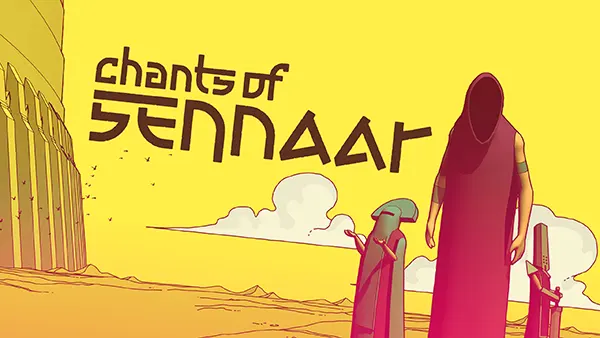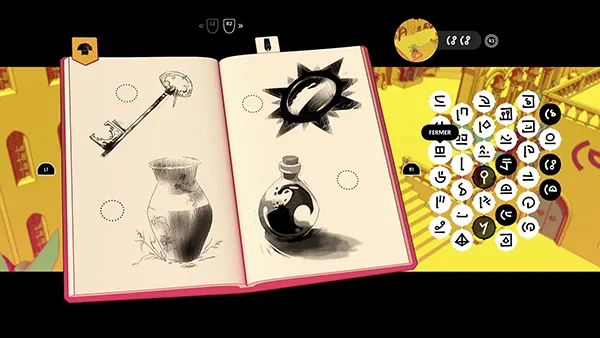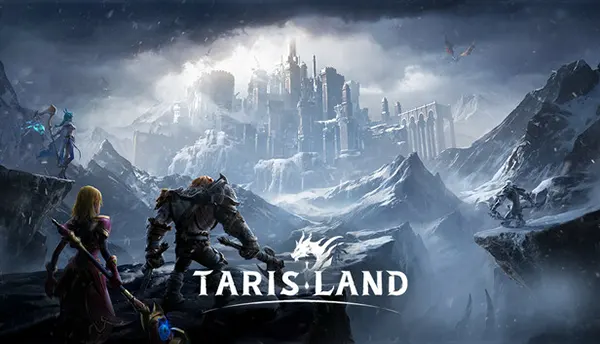
Chants of Sennaar: A Linguistic Puzzle in a Dystopian World
“Chants of Sennaar” is a uniquely designed puzzle-adventure game where players act as linguistic sleuths in a world fragmented by language. Released for PC and consoles, the title has gained traction among fans of logic games, linguistic challenges, and subtle narrative-driven exploration. Set in a visually rich, Tower of Babel-inspired environment, the game invites players to bridge cultural and linguistic divides through deciphering unknown symbols and understanding the intricacies of invented tongues.
The Concept Behind Chants of Sennaar
Inspired by the myth of the Tower of Babel, “Chants of Sennaar” revolves around a world where different societies have become isolated due to language barriers. The player assumes the role of a silent traveller who must ascend a tower and interact with multiple factions, each using a unique symbolic language. The core gameplay loop involves observing conversations, deciphering signs, testing translations, and building a lexicon that allows access to new areas and social layers.
The game does not rely on tutorials or external cues. Instead, it pushes players to learn by doing—analysing speech bubbles, experimenting with communication, and gradually constructing a working dictionary. This fosters a sense of intellectual discovery and autonomy rarely found in narrative adventures. The mechanic feels both accessible and rewarding, striking a delicate balance between challenge and clarity.
By emphasising non-violent interaction and encouraging critical thinking, “Chants of Sennaar” provides an experience that is far removed from the high-octane gameplay of many contemporary titles. It becomes a meditative journey that rewards curiosity and patience, making it particularly appealing to linguists, cryptographers, and puzzle lovers.
The Appeal for Puzzle Enthusiasts
For those drawn to intellectual stimulation, “Chants of Sennaar” offers deep satisfaction. The game’s structure resembles real-world language acquisition—players start with no prior knowledge and, through context, inference, and trial-and-error, begin to grasp grammar and vocabulary. This makes each successful deciphering feel earned and meaningful.
Each faction’s language varies not only in appearance but also in syntax and use of symbols. For example, while one group may use pictographs, another employs abstract glyphs with complex sentence constructions. Players must adapt their logic strategies accordingly, keeping the gameplay fresh throughout the journey.
With no two puzzles ever feeling alike, the game sustains its momentum via a gradual difficulty curve. This prevents the sense of repetition and encourages engagement. Fans of games like “The Witness” or “Return of the Obra Dinn” will find “Chants of Sennaar” a spiritually aligned experience with its own unique flavour.
Visuals, Sound, and Atmosphere
Visually, “Chants of Sennaar” adopts a hand-drawn, cel-shaded aesthetic that evokes classical architectural sketches. Each level of the tower represents a different culture, both in linguistic and architectural style, which helps in distinguishing societal traits visually as well as contextually. The art style supports the narrative by subtly reflecting the tone and logic of each group’s worldview.
The soundtrack plays a crucial role in building atmosphere. With a minimalist yet evocative score, the audio design helps create an immersive world without overwhelming the player. Each area’s soundscape complements its language and philosophy—serene for monastic communities, tense for militaristic societies, etc.
Combined with smooth animations and smart UI decisions, the game excels in creating a rhythm that allows players to focus on decoding languages without being distracted. It supports contemplation, not chaos. The presentation serves as a silent guide, making the game both beautiful and intelligible.
A Dystopia Reimagined Through Language
The dystopian setting in “Chants of Sennaar” is not one of violence or collapse, but of misunderstanding. The game frames communication as both a wall and a bridge, encouraging players to see language as the key to unity rather than power. This thematic choice is both relevant and profound, especially in today’s global climate.
By presenting conflicts that arise solely from miscommunication, the game positions language not merely as a gameplay mechanic but as the central metaphor of societal division. It becomes a commentary on modern issues—cultural isolation, tribalism, and the barriers we erect through ignorance.
This depth adds replayability and emotional resonance. The story unfolds not through cutscenes, but through the act of understanding. Each decoded sentence contributes to the narrative, offering small revelations that gradually build a fuller picture of the world and its fractured peoples.

Reception and Updates as of February 2025
As of early 2025, “Chants of Sennaar” continues to receive praise across critical and player reviews. It maintains a strong rating on major platforms such as Steam and Metacritic, often highlighted for its originality and intellectual depth. The developers have released multiple patches since launch to improve translation features and offer expanded accessibility options for colourblind players and those with dyslexia.
There is no DLC currently confirmed, but the community remains active, especially on discussion forums where users share theories, fan translations, and gameplay tips. Some even engage in competitive speed-decryption, turning the game into an academic challenge with time constraints.
The continued interest in “Chants of Sennaar” reflects a growing appetite for games that blend artistic direction with thoughtful mechanics. It stands as a quiet triumph in a market often dominated by spectacle and sensation, offering a reflective counterpoint to mainstream game design.
Why It Matters in 2025
In a year increasingly shaped by AI-driven communication tools and globalisation, a game about human language, comprehension, and empathy feels especially timely. “Chants of Sennaar” reminds us of the value in decoding—not just words, but intent, belief, and identity.
Its success illustrates that there is space in the gaming world for quiet, meaningful experiences. More importantly, it proves that intellectual engagement can be as captivating as action and that players are willing to embrace complexity when it is thoughtfully presented.
By placing understanding at the heart of gameplay, “Chants of Sennaar” provides a powerful counter-narrative in a media landscape often defined by noise. It challenges players not to react but to interpret—and in doing so, offers something truly rare in gaming today.
RECOMMENDED GAMES
-
 Kingdom Rush 5: Alliance – Wukong’s Journey: The Return of a Legend...
Kingdom Rush 5: Alliance – Wukong’s Journey: The Return of a Legend...The Kingdom Rush franchise has long been regarded as one …
-
 Destiny: Rising — A Mobile Sci-Fi RPG Shooter
Destiny: Rising — A Mobile Sci-Fi RPG Shooter“Destiny: Rising” has emerged in 2025 as one of the …
-
 “Tarisland” — Attempting to Bring WoW to Mobile: Success or Failure?
“Tarisland” — Attempting to Bring WoW to Mobile: Success or Failure?In 2025, the mobile gaming market has witnessed another ambitious …
-
 Palworld Mobile: Pokémon With Guns Soon on Smartphones
Palworld Mobile: Pokémon With Guns Soon on SmartphonesThe gaming world was caught off guard by the unexpected …
